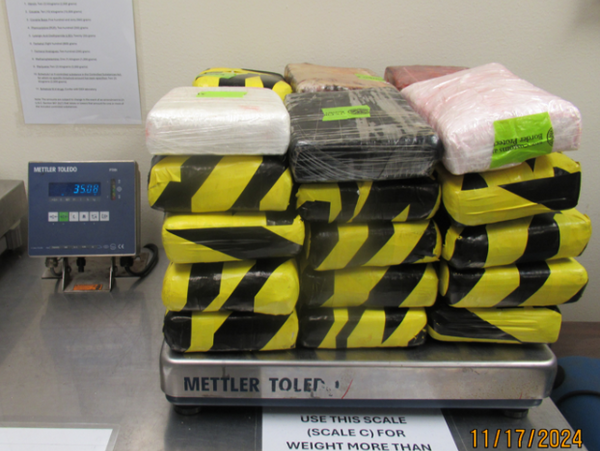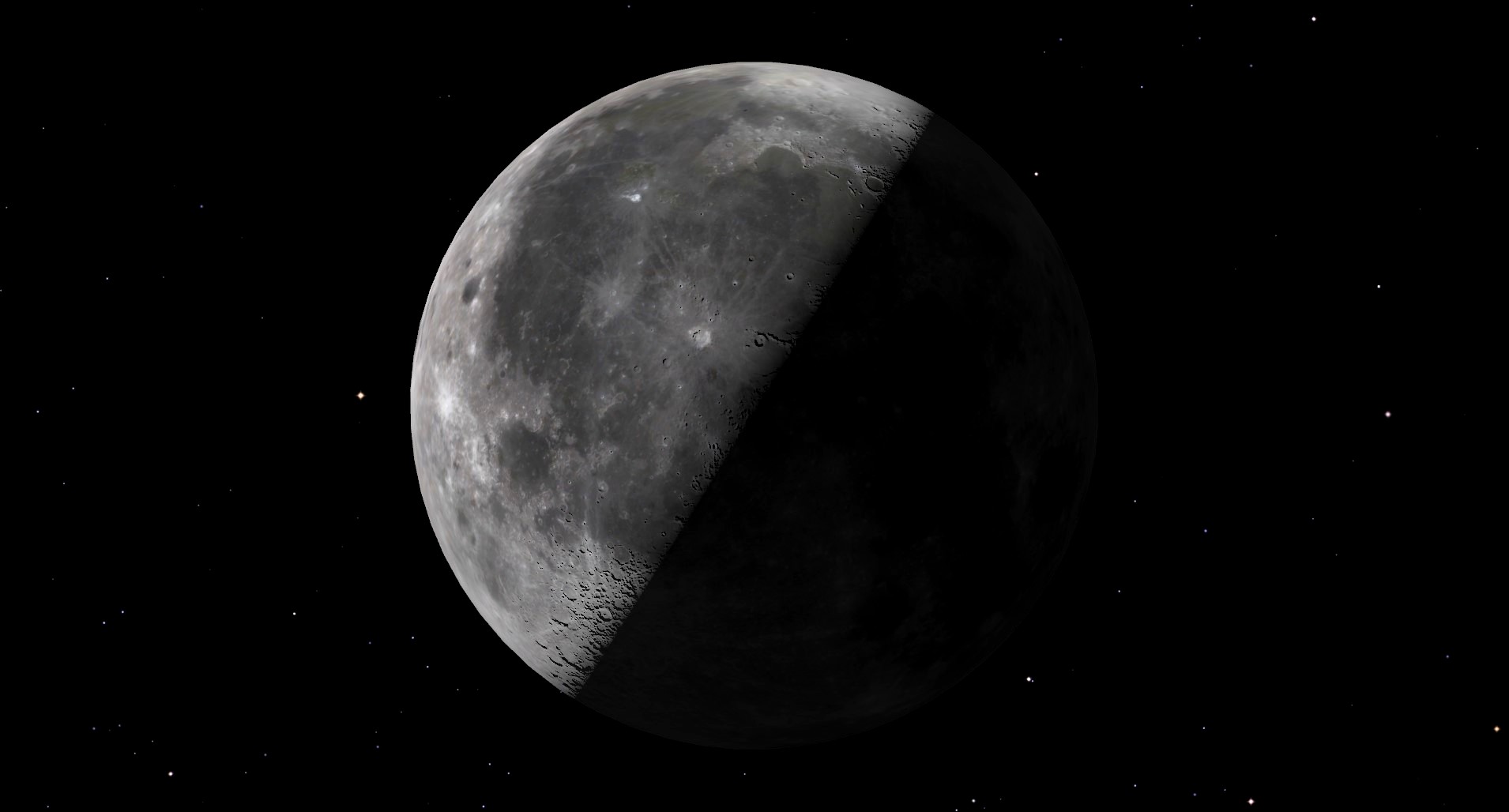
Earth's moon reaches its last quarter phase later this week! Read on to discover when and where to catch the fleeting lunar milestone, and what else to find in the nights surrounding May 20.
The moon's last quarter - or final quarter phase will occur at 07:59 a.m. EDT (1159 GMT) on the morning of May 20 for viewers in New York, at which point the moon will be visible a little over 30 degrees above the southern horizon, according to in-the-sky.org.
The best time to catch the moon in the night sky with close to half its surface lit will be in the pre-dawn hours of May 20, just before it hits the last quarter phase. The following night will see a mere 39% of the moon's disk lit from our perspective on Earth, and the shadowy terminator (the line that separates the lit and unlit portions of the lunar disk) will continue to creep ever further across the lunar surface until it is consumed by shadow during the new moon phase on May 26.
On May 20 the lunar disk will be bisected by the terminator, with the left half illuminated by the sun, and the right drenched in shadow, throwing several large craters into relief.
One of these, Tycho crater, will make for an excellent telescope target at this time, as a lip of the 53-mile-wide (85 km) distinctive central impact peak casts strong shadows over the interior of the depression. It's relatively easy to spot as the largest crater in the moon's rugged southern highlands close to the bottom of the lunar disk.
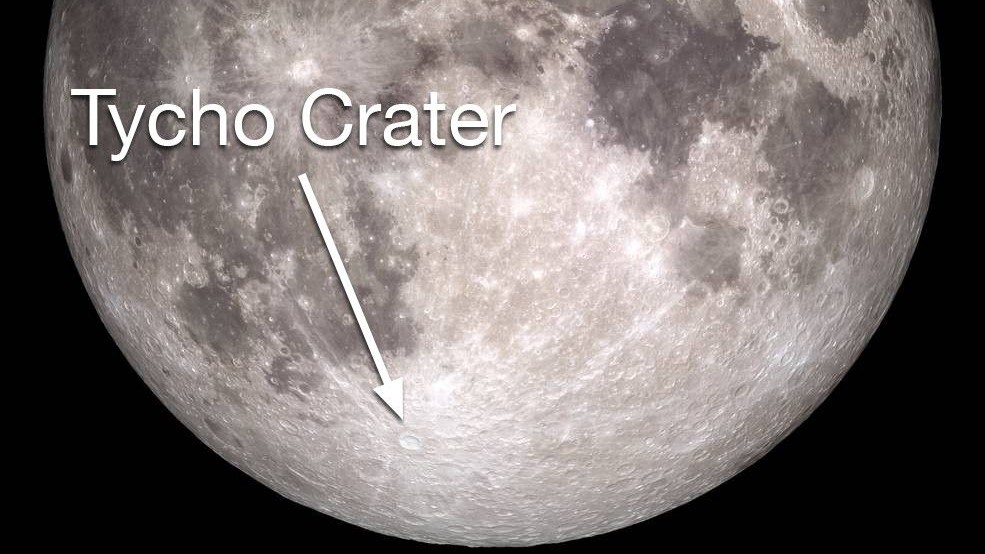
The 57-mile-wide (93 km) Copernicus Crater will also be easily visible on the nights surrounding May 20 a little left of the terminator, close to the lunar equator. Meanwhile the darker expanses of Oceanus Procellarum (Ocean of Storms) and the surrounding lunar maria (which is Latin for seas) will dominate the north west of the moon's tidally locked disk, according to NASA.
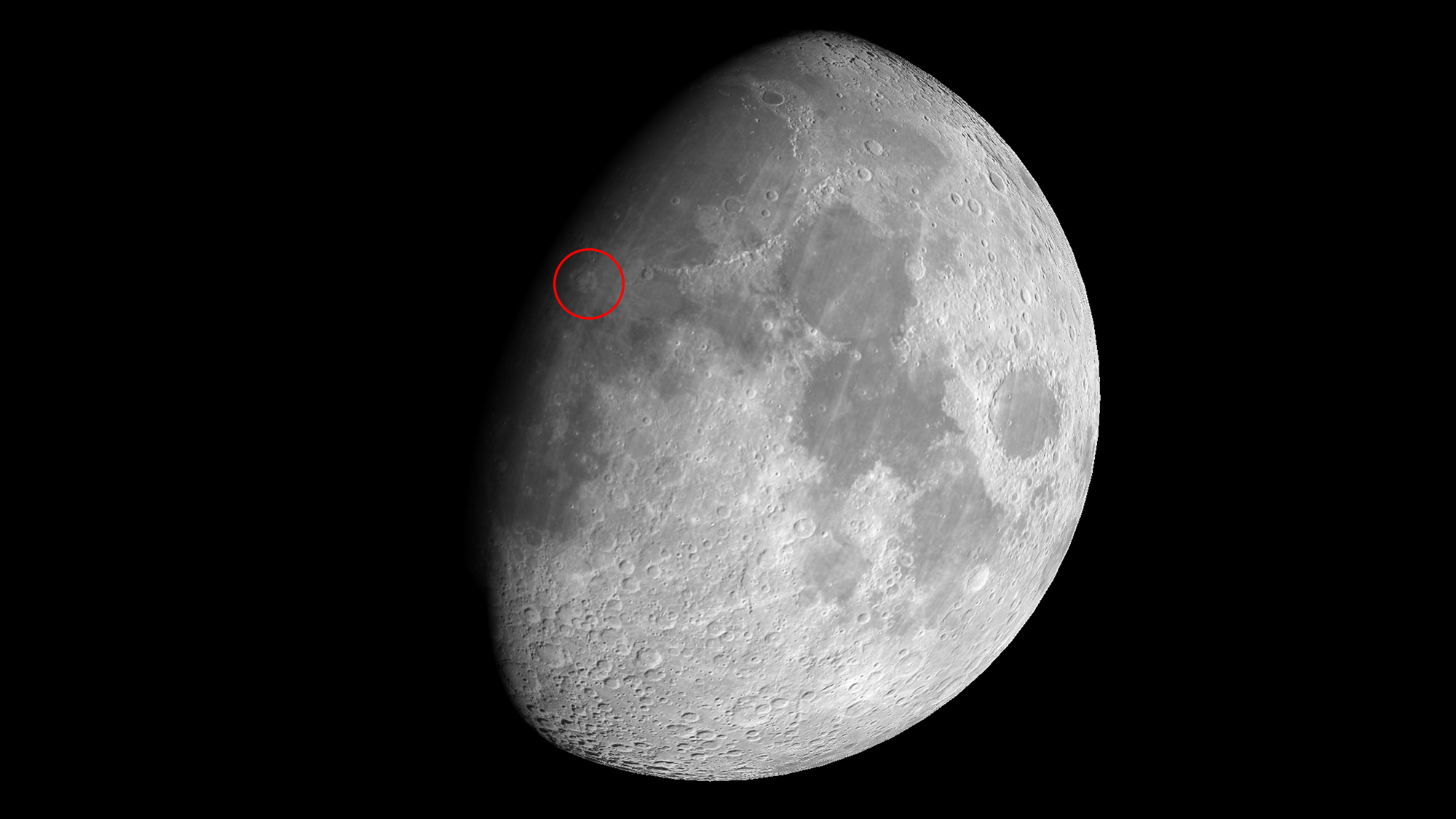
These relatively unscarred swaths of lunar terrain were created billions of years ago when masses of lava flooded impact basins created during a period of intense bombardment from asteroids, comets and other smaller solar system bodies. The lava flows eventually cooled to form enormous basaltic plains that are now visible to the naked eye from the surface of our planet.
Earth's moon will be accompanied in the southeastern sky by stars from the constellation Aquarius on the left, and Capricornus on the right, when it slips above the horizon at 1:55 a.m. EDT (0555 GMT) on the morning of May 20 for skywatchers in New York. Be sure to check out a trusted website like timeanddate.com to find out the exact time for moonrise in your location.
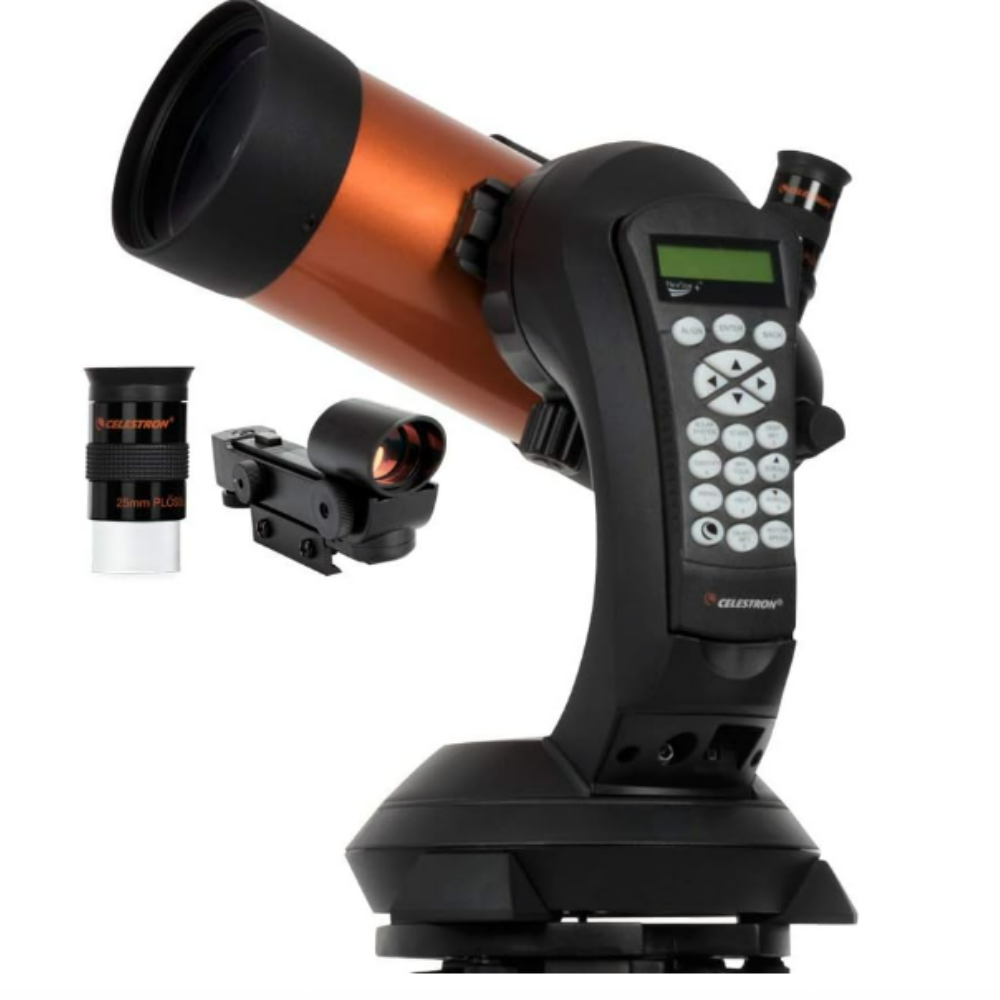
Want to explore Tycho Crater and the southern lunar highlands for yourself? The Celestron NexStar 4SE is ideal for beginners wanting quality, reliable and quick views of celestial objects. For a more in-depth look at our Celestron NexStar 4SE review.
The bright stars Altair and Vega will be visible twinkling above the moon, while the planets Saturn and Venus will become visible climbing ever higher into the eastern sky to the left of the moon in the hour preceding sunrise.
Stargazers hoping to explore the lunar surface with a little extra magnification should read our guides on the best binocular and telescope deals available in 2025.
Photographers hoping to catch a glimpse of the solar system at play would also do well to check out our roundup of the best cameras and lenses for astrophotography. Want to take your own photos of the lunar surface? Check out our guide on how to photograph the moon.
Editor's Note: If you capture a photo of the third quarter moon and would like to share it with Space.com's readers, then send your photo(s), comments, and your name and location to spacephotos@space.com.

